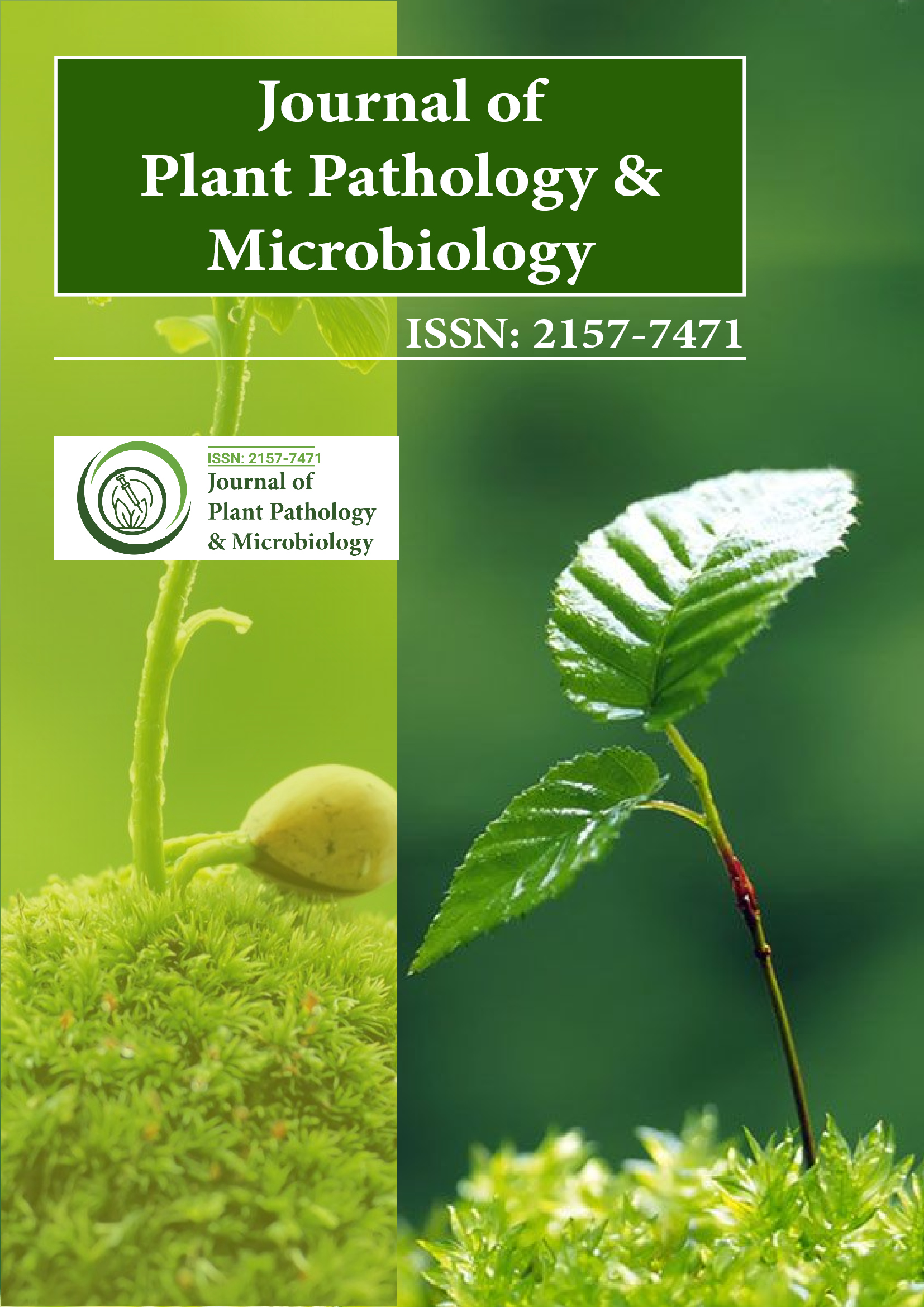Indexado em
- Abra o Portão J
- Genamics JournalSeek
- Chaves Acadêmicas
- JournalTOCs
- CiteFactor
- Diretório de Periódicos de Ulrich
- Acesso à pesquisa on-line global em agricultura (AGORA)
- Biblioteca de periódicos eletrônicos
- Centro Internacional de Agricultura e Biociências (CABI)
- RefSeek
- Diretório de Indexação de Periódicos de Pesquisa (DRJI)
- Universidade de Hamdard
- EBSCO AZ
- OCLC- WorldCat
- Scholarsteer
- Catálogo online SWB
- Biblioteca Virtual de Biologia (vifabio)
- publons
- Fundação de Genebra para Educação e Pesquisa Médica
- Euro Pub
- Google Scholar
Links Úteis
Compartilhe esta página
Folheto de jornal

Periódicos de Acesso Aberto
- Agro e Aquicultura
- Alimentos e Nutrição
- Bioinformática e Biologia de Sistemas
- Bioquímica
- Ciência de materiais
- Ciencias ambientais
- Ciências Clínicas
- Ciências Farmacêuticas
- Ciências gerais
- Ciências Médicas
- Cuidados de enfermagem e saúde
- Engenharia
- Genética e Biologia Molecular
- Gestão de negócios
- Imunologia e Microbiologia
- Neurociência e Psicologia
- Química
Abstrato
Estudos de atividade antimicrobiana, sinérgica e antioxidante em patógenos humanos multirresistentes usando extrato bruto de folhas de Azadirachta indica e rizoma de Withania somnifera
Muddukrishnaiah K e Sumita Singh
Estudamos o efeito dos extratos brutos de A. indica e W. somnifera contra as cepas multirresistentes (MDR) e a atividade sinérgica dos extratos brutos de A. indica e W. somnifera sobre as cepas MDR (método de difusão em poço de ágar). Foi descoberto que tanto os extratos aquosos quanto os alcoólicos da planta (raiz e folhas) possuem forte atividade antibacteriana contra uma variedade de bactérias. A combinação exibiu excelente sinergia. O extrato aquoso e o extrato etanólico de A. indica e W. somnifera exibiram atividade sinérgica muito boa contra a cepa MDR. Os extratos foram examinados quanto à sua atividade de eliminação de radicais livres pelo ensaio DPPH. O valor de IC50 foi encontrado em 68,75 μg/ml (extrato etanólico) e 74,83 μg/ml (extrato aquoso) de A. indica e 94,28 μg/ml (extrato etanólico) e 88,79 μg/ml (extrato aquoso) de W. somnifera, o que é significativo quando comparado à solução de ácido ascórbico 50,58 μg/ml. Capacidade redutora dos extratos brutos de Azadirachta indica (extrato aquoso e etanólico) e W. somnifera (extrato aquoso e etanólico), o que é significativo quando comparado ao butil-hidroxitolueno (BHT) padrão. Os resultados obtidos neste estudo sugerem que os extratos de A. indica e W. somnifera (aquosos e etanólicos) podem ser atraentes para os "caçadores de drogas" como um agente potencial para o gerenciamento de doenças infecciosas contra patógenos humanos.